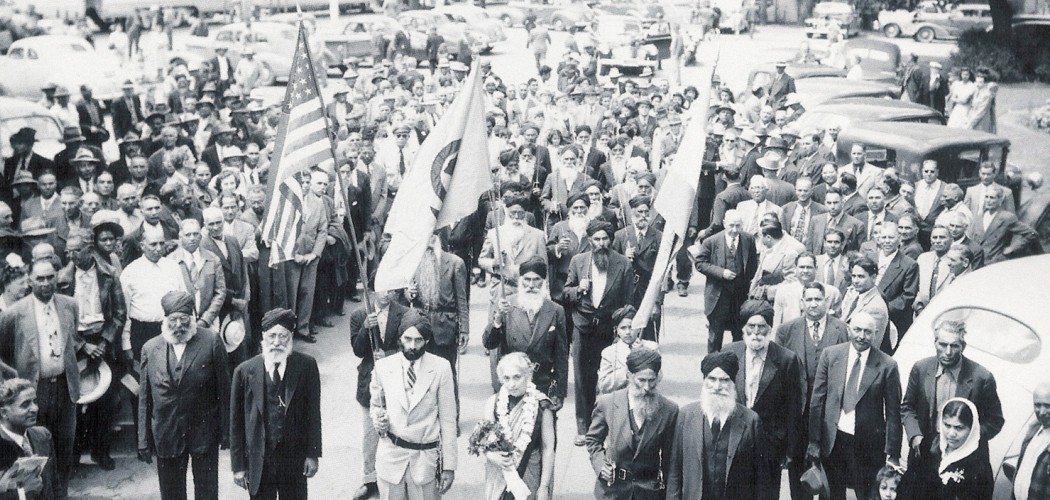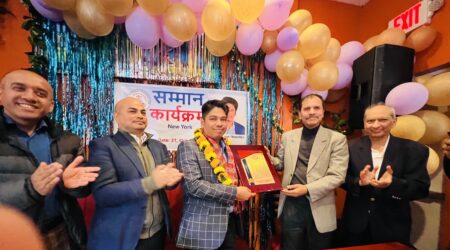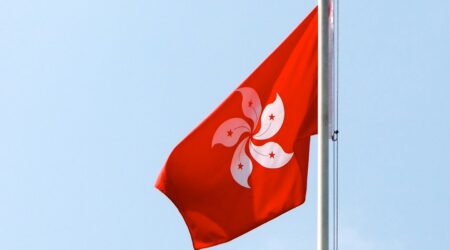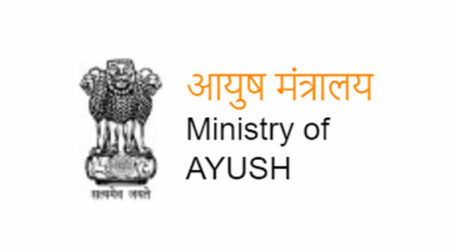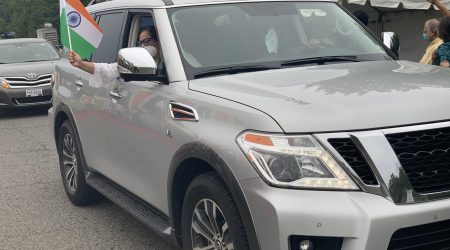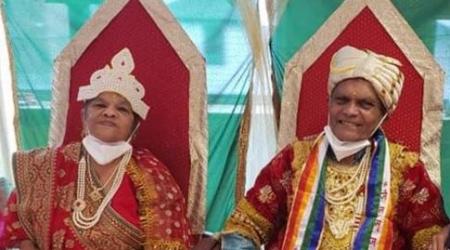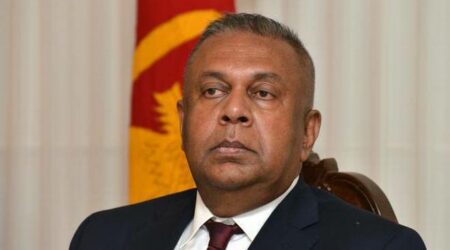The Ghadhar Party was based in California, and Vancouver where it sustained with the support of the immigrant Indian community
By Neera Kuckreja Sohoni
On 26th January, India celebrated its 73rd Republic Day. That is when Indians honor the constitution and its framers and renew pledges to the secular democratic republic of India.
In non-Covid times, New Delhi’s India Gate used to host an impressive parade showcasing the country’s technological and military advancements, along with colorful tableaus presenting the unique culture and accomplishments of the states. Amid that hectic three-hour display, we tend to lose sight of many who helped secure India’s freedom. A moment can be spared to narrate the compelling saga of these relatively less known but equally significant actors in our freedom struggle.
Of the many who helped break the British Empire’s back were the ones who participated in the Ghadar Movement. There was nothing tentative or parochial about the Ghadar Movement whose tentacles spread across continents, with its operatives furtively engaged in planning lethal attacks on the British, and in building alliances with the world’s leading powers that were equally interested in weakening the British. These diplomatic overtures occurred well before World War I and II.
The Ghadar Movement began with the Hindustan Ghadar Party’s formation in 1912 by Har Dayal Singh Mathur and his mates who believed in armed resistance and revolt against the British. They named their party ‘Ghadar’ – an Urdu word meaning revolution. Declaring India as the sacred battlefield, the party promised its followers “death, martyrdom, and liberty” in reward. The party was based in California and Vancouver where it had sustained support of the immigrant Indian community, many of whom were working as laborers and farmers in America and Canada.
Born on 14 October 1884 in a Hindu family in Delhi, Har Dayal was exceptionally bright. Securing a bachelor’s degree in Sanskrit from Delhi’s prestigious St Stephen’s College, and a master’s degree from Punjab University, he received scholarships from Oxford University in 1905 to pursue higher studies in Sanskrit.
Exposed to revolutionary works and anarchist thinking, he decided against joining the Indian Civil Service, left Oxford, and returned to India where he began writing articles advocating the overthrow of British rule. Threatened with censorship and risking penal action by the colonial government, he returned abroad, moving to France wherein 1909, he served as editor of ‘Vande Mataram’. From there, he moved to Algiers, Martinique, and eventually to California.
Throughout that nomadic time, he kept reading, mulling, and refining his ideas and beliefs. His prolific writings and fiercely nationalist, but simultaneously Cosmopolitical intellectual leanings, caused his contemporaries and succeeding generations to refer to him as a polymath, revolutionary, Marxist, ultra-nationalist, internationalist, Sanskritist, Buddhist, Humanist, rationalist, and atheist.
In California, he found fertile ground to test his ideas and expand connections with activists. Engaged in industrial unionism, he served as secretary of the San Francisco branch of Industrial Workers of the World. His disenchantment with colonial rule and governments everywhere led him to set up the Bakunin Institute of California (named after Mikhail Bakunin and his social revolution concepts) in Oakland, which he described as “the first monastery of anarchism”.
The Ghadar Party he co-founded in 1913 was greatly helped by the Sikh-Punjabi community in California and Canada, especially those who left Canada in large numbers after experiencing discriminatory anti-immigration laws and hostile demonstrations against ‘Orientals’. Their resentment of the British colonial regime energized them to support the cause of freeing India.
One enterprising Indian in particular, determined to flaunt the 1908 immigration law aimed specifically to prevent Indians from coming to Canada while permitting Europeans and others, hired a ship to bring Indians to Canada. He chartered the ship Komagata Maru in January 1914, transporting 370 passengers, mainly Sikhs and a few Muslims and Hindus, all British subjects.
Upon reaching Canadian shores, the ship was not allowed to dock or the passengers to de-board. The stalemate continued for two months with severe emotional and material injury to embargoed passengers and caused the Indian community in Canada to mobilize funds to pay for the ship’s safe return to India. Only 20 passengers whose journey was unbroken, and therefore met the eligibility clause, were permitted to stay in Canada.
Fearing that the returning ship was transporting disaffected passengers freshly converted to the Ghadar cause, the ship was stopped by a British gunboat upon arrival in Calcutta on September 27, and a decision was made to put the passengers consisting of self-confessed lawbreakers and potentially dangerous political agitators under the guard.

When officers went aboard to arrest the rebels and their leaders, they supposedly encountered resistance and assault. A riot ensued leading to a firing in which 19 passengers were killed. A few escaped while the remainder were arrested and imprisoned or returned to their village where they were detained for the duration of World War I.
Gurdit Singh Sandhu, who had chartered the ship, managed to escape and lived in hiding until 1922, when Mahatma Gandhi convinced him to give himself up as a ‘true patriot’, causing him to be imprisoned for five years.
With Gandhi assuming the leadership of India, the freedom movement along with its history were co-opted by the Indian National Congress. Hence, in textbooks and media coverage, many of the ‘mutineers’ and Ghadar Senanis (soldiers) were consigned to shadows, with the limelight going to Gandhi, Nehru, Patel, and other stalwarts of the conciliatory party.
World War II gave a fresh lease of life to the alternative militant forces leading to Netaji Subhas Chandra Bose and his party of freedom soldiers, who worked closely with the Axis powers – especially Japan and Germany to defeat the British and Allied nations.
While the defeat of Nazi and Fascist powers brings no tears to our eyes, and should not, we should bemoan the neglect of brave souls who brought the violence that the British viciously deployed against India’s freedom fighters, to the doorsteps of the British Raj.
Like the Jallianwala avengers, those reared in the Ghadar creed did not forget or forgive. During the Komagata Maru embargo episode, two Punjabi residents in Canada who supplied passenger information to a British immigration official were murdered in August 1914. The immigration official who recruited the informers was gunned down at the Vancouver courthouse while attending the Punjabi trials in October 1914.
The lead hero of this article – Har Dayal – perhaps worn out and disenchanted with the way the freedom movement was mellowing under the Congress’s more benign and conciliatory approach – gave up on active politics, devoting fully to research and writing.
Returning to the US, he spent the concluding years of life in Philadelphia where at age 55 he breathed his last on March 4, 1939. At a lecture delivered on the eve of his death, he is reported to have said, “I am at peace with all”.
But the flame he lit continued to inspire innumerable others who readily staked their lives for the sake of their own and their country’s liberation.



